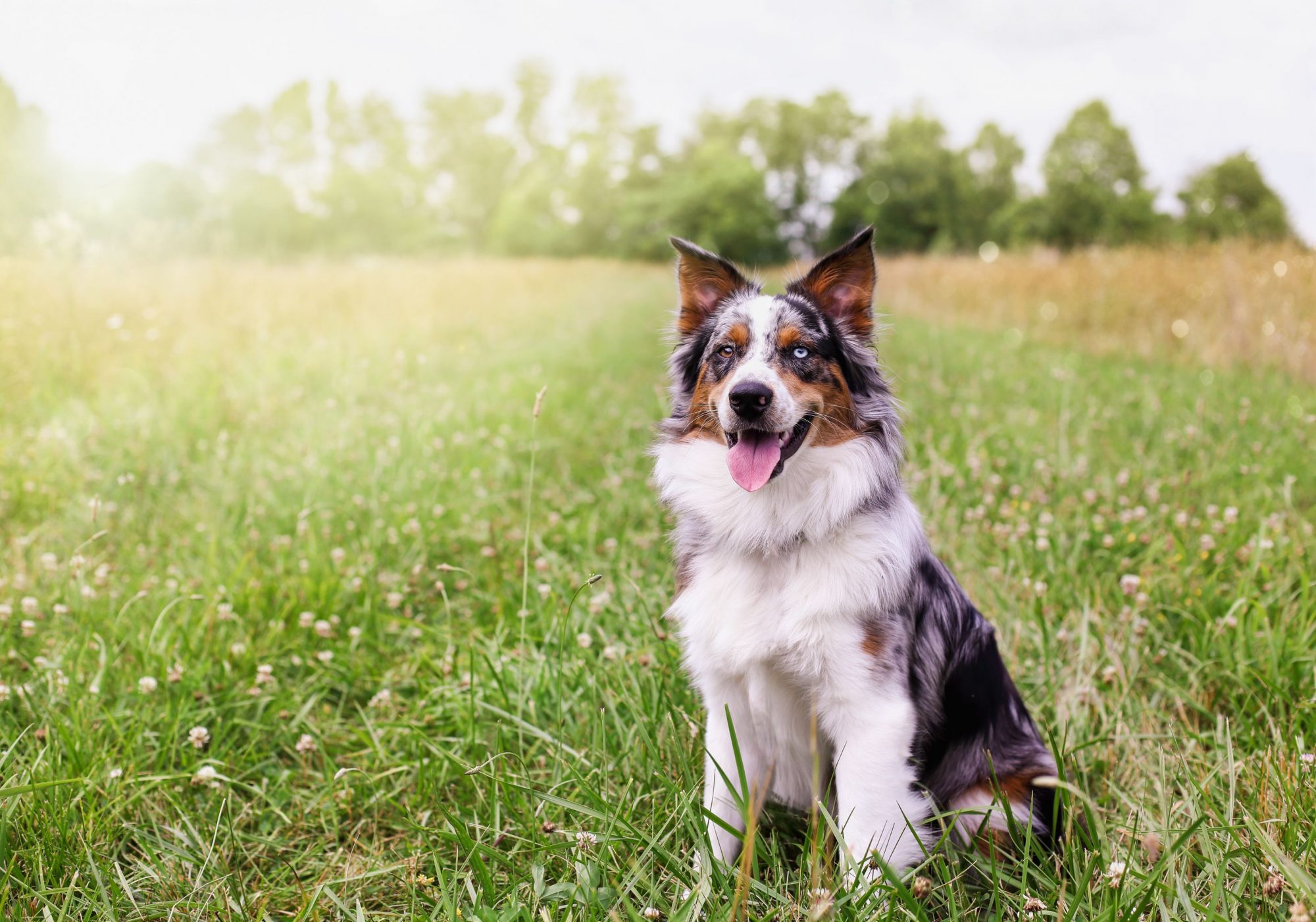
The great outdoors is a magical place for dogs and cats. There are critters to chase and sunny spaces for naps. There are delivery people to bark at and neighbors who stop by for a visit. “Oh, what a beautiful cat,” they say. “My, how your beagle has grown!” But outdoors can be scary too. How can you keep your outside pets safe? Your veterinarians at Sky Canyon Animal Hospital have some outdoor pet safety tips ready for you!
Pet Safety Tips For You
Most cats and dogs want to be outside for at least part of each day. If you have a fenced-in area for pets, you can largely control what they may encounter in the outside world. Things to consider when leaving your pet alone outside in your yard:
- If they’re attached to a chain or leash, be sure they can’t get caught or tangled in or around a rock, bush, tree trunk, fence post, or another stationary object.
- Clear the area of brush, rock, or woodpiles. Not only could your pet get trapped, but snakes and other critters that could harm them might also be hiding in those spaces.
- Do your pets have access to plenty of fresh water in clean bowls? Standing water can grow bacteria, so keep those bowls clean!
- Keep water and food bowls out of direct sunlight.
- Provide shade for hot, sunny weather and shelter for cold or rainy days.
Safety Tips for Leashed Pets
- Leash-train your dogs when they’re young. Dogs can be aggressive when approached by strangers and other dogs. It’s important to train them early to know that they are safe with you on walks.
- Yes, cats can be trained to walk on a leash. Ask us for recommended resources about cat training.
- Be temperature and weather sensitive with your pets. Consider the size and sturdiness of your pet before embarking on long walks.
- In the summer heat, take your walks in the cooler hours of the day.
- When temperatures are below freezing, let your Husky out to frolic, but your Teacup Poodle might need to stay in the house! Beagles and basset hounds, who are low to the ground, could go out for short walks.
Ask us for recommendations on taking good care of outside pets.
Safety Tips for Roaming Pets
Although it is not generally recommended that pets be allowed to roam at will, some live in more rural settings that allow for greater freedom. Consider possible health and nuisance consequences before deciding to let your pet roam.
- If your dog is a working dog breed and they have plenty of work to do, they’ll stay close, while paying attention to tasks. Roaming is not in their nature.
- Collars—Never use a collar that won’t release under light pressure. If your dog or cat gets caught on a stationary object, they could choke or die from strangulation.
- Have your pets microchipped so they can be returned to you if they’ve been found roaming.
- Roaming pets can be attacked by other animals, even birds, and may ingest toxic foods and liquids.
- Incessant barking and car chasing are nuisance behaviors that can be corrected with training.
- Roaming pets tend to live shorter lives.
Regular Wellness Checks Matter
It’s easy for outside pets to become infected with worms and other parasites. Regular wellness checks help us keep your pets healthy! We will recommend parasite control products plus treat any other parasitic infections we find in your pet’s blood work.
Emergencies and What To Do
Outside pets are at risk for ingesting poisons, getting snake bites, and broken bones. They might fight with other animals and be seriously wounded. In an emergency, call us immediately at (951) 461-4100. We’ll advise you on what to do next and how to get your pet in for an emergency evaluation.
Contact us with questions and concerns. We have resources for you on how to keep your outside pets safe.

